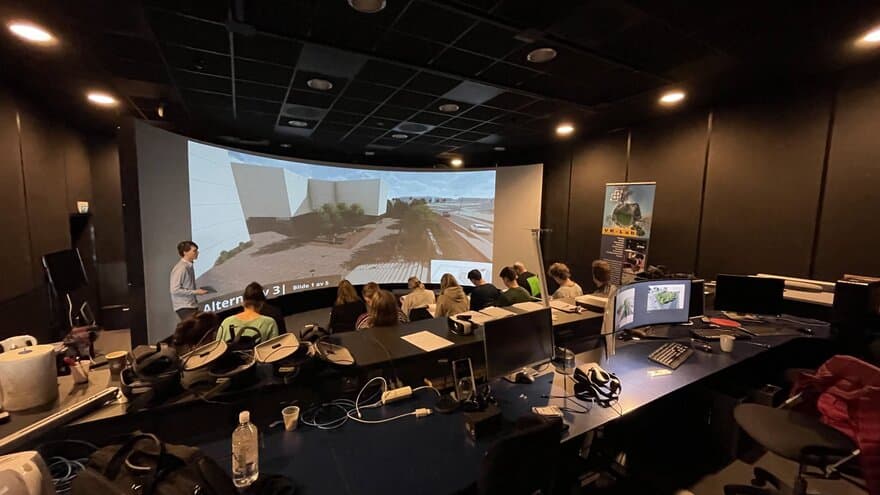Marius Ellefsen investigated whether VR technlogy is viable in evaluation of digital landscapes in public participation processes in Norway. This study could help landscape architects evaluate the effectiveness and usefulness of VR as a new tool for the public evaluation of different planting designs.
The use of digital visualization in public participation processes have been suggested as a way to overcome known barriers to participation in planning processes and public participation. While the latest developments with virtual reality headsets (VR) have been popularized since the mid 2010’s, its use in planning and amongst landscape architects remains low, even though its use has been thought to be advantageous within certain aspects.
This study explores the viability of VR in public participation processes regarding evaluation of landscape designs by participants. To evaluate the effects of VR in public participation processes, the study combines a case study site with a research experiment, comprising of a quantitative survey and a qualitative group interview. Here, the experiment utilized a control and experimental group to evaluate the effects of VR on landscape preferences. The study also explores changes in landscape preference when vegetation density change.
The experiment was designed as to simulate a public meeting, as this is a traditional way to present a project in current public participation processes. Results reveal that participants thought that VR was an effective tool for evaluating landscapes, where subjects particularly highlight that their experience was enjoyable and that the size and scale of the case study was better with VR than with traditional media. Feedback could also show that evaluation of compact spaces was better with the use of VR. However, participants also experienced technical problems and discomfort with the use of VR during the experiment. Findings also show the participants had an overall preference for medium dense vegetation. While this was statistically significant for the study, previous studies warn that students and professionals with spatial competence, as was tested in this study, might score differently than the rest of the population. Results should therefore be assessed with care.
A recommendation from the study is that the use of VR in public participation would be beneficial in small-scale events where proposed designs have high spatial complexity and were understanding of size and scale of vegetation is crucial for participants. Further studies should assess these findings by using a larger group of participants without spatial competence and should addres
